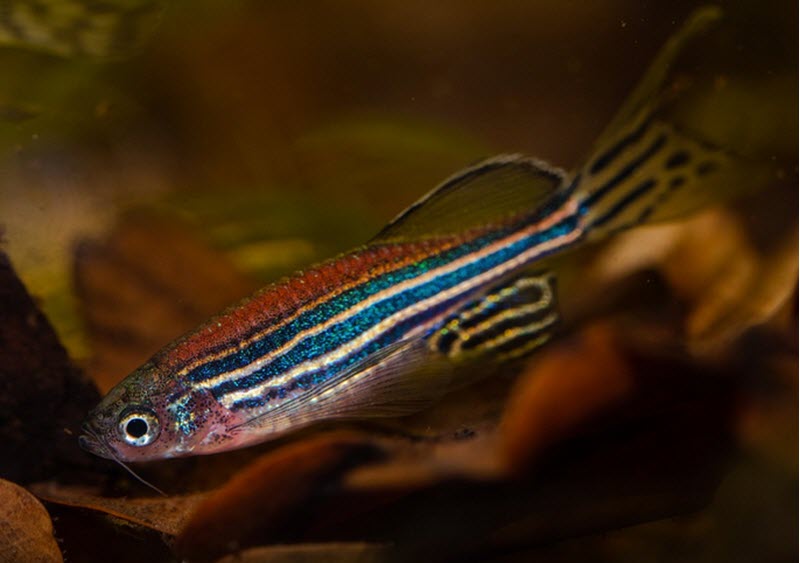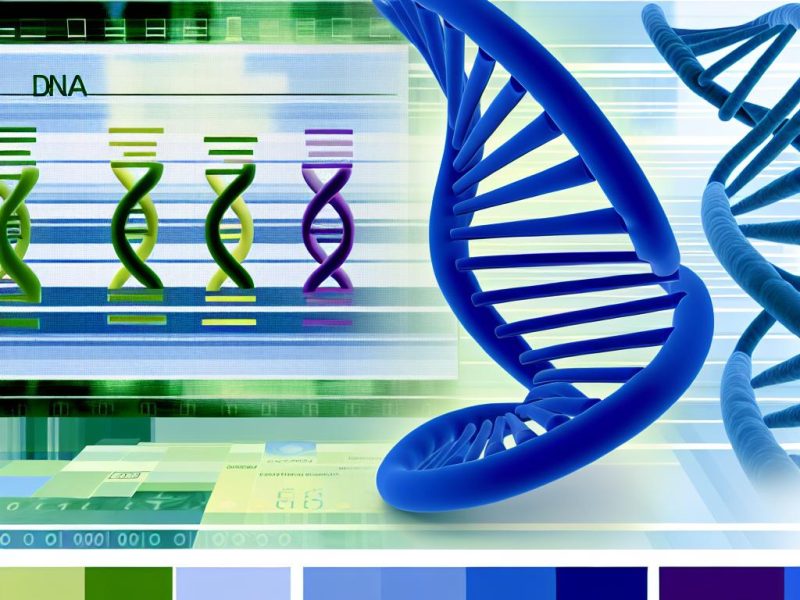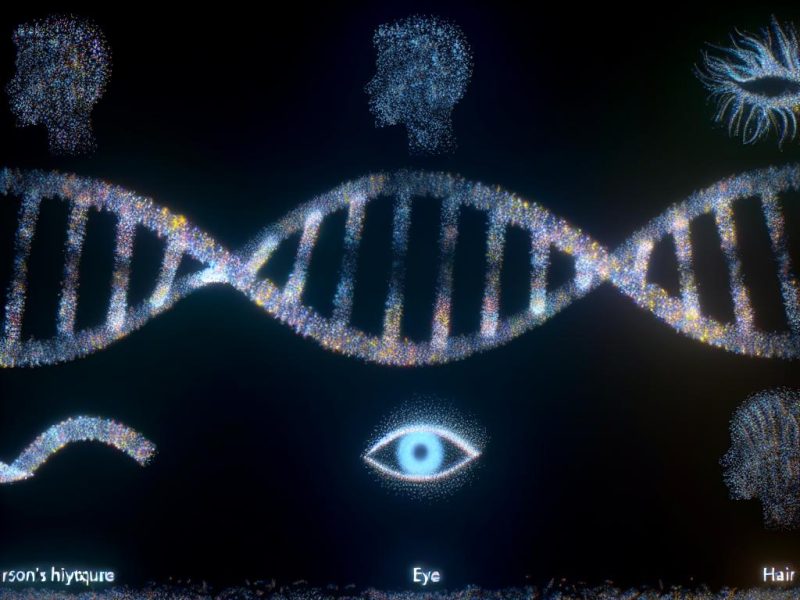When there is a build-up of DNA-repair protein in the brain, the zebrafish (danio Rerio) will respond by sleeping, according to a new study on sleep and its role in repairing damaged DNA. The more damage, the more sleep is required to repair it.
The study was published in Molecular Cell on November 18, 2021.
Cell damage and cell repair
Cells are exposed to various factors that damage their DNA, and are therefore equipped tools to repair such damages. If the damage to is serious, the response will instead be to trigger cell death.
In a previous study, the neuroscientist Lior Appelbaum and his team at Bar-Ilan University in Israel showed that the levels of DNA damage increase during the day and decrease during the night, suggesting that something happens during the night that repairs damage.
In a new study in which Appelbaum was involved, the researchers therefore elected to shine a spotlight on sleeping zebrafish larvae. Is DNA repaired when zebrafish larvae sleep? The answer seems to be yes, and the fish larvae also seem to sleep more when the need to repair DNA is greater.
Zada and his colleagues induced DNA damage in the neurons of zebrafish larvae using two different methods: UV radiation or neuronal activity. For both methods, damaged DNA resulted in the fish larvae sleeping longer.
Cell repair during sleep
As a part of their study, Zada and his colleagues labelled repair proteins in zebrafish larvae with florescent markers.
Using real-time imaging, they could then see that when the larvae was asleep, repair proteins were recruited to sites with DNA damage in the animals´dorsal pallium, which is the fish equivalent to a human´s brain cortex. The sleep both increased the clustering of repair proteins and made the repair process more efficient.
Parp1
The enzyme Parp1 detects DNA damage and recruits repair proteins to come and repair it, so Applebaum speculated that it might also signal to the animal that it is time to go to sleep.
While exploring this possibility, the researchers noticed that Parp1 clustering on chromatin in the brain increased during the day when the larvae was awake and went down again to baseline level by the end of the night when the fish had gone through a night of sleep.
The next step for the researchers was to increase the levels of Parp1 in zebrafish larvae and observe the outcome. The result? The larvae slept longer.
Now, the researchers inhibited Parp1. The result was larvae sleeping for a shorter period of time. Once the inhibitor was no longer there, the larvae caught up on lost sleep.
The Parp1 inhibitor also accumulated more DNA damage. That happened both during the day and during the night. When the inhibitor was no longer administered, they caught up on sleep and their DNA damage dropped down to normal levels.
The impact of Parp1-inhibition was so strong, that even larvae with intense DNA damage did not sleep like they would normally do when having such DNA damage to repair.
“We knew already that sleep was important for DNA repair, but we didn’t know the molecular actors,” says neurobiologist Philippe Mourrain of Stanford University, who has studied the neural signatures of sleep in zebrafish but was not involved in this study. “They showed that [Parp1] is necessary, but also that it is sufficient. If you block Parp1, you will block DNA repair and block sleep. If you overexpress Parp1, you will induce more sleep and more DNA repair.”
Reference
“Parp1 promotes sleep, which enhances DNA repair in neurons”
- David Zada
- Yaniv Sela
- Noa Matosevich
- Adir Monsonego
- Tali Lerer-Goldshtein
- Yuval Nir
- Lior Appelbaum
Published in Molecular Cell on November 18, 2021
DOI: doi.org/10.1016/j.molcel.2021.10.026
https://www.cell.com/molecular-cell/fulltext/S1097-2765(21)00933-3



